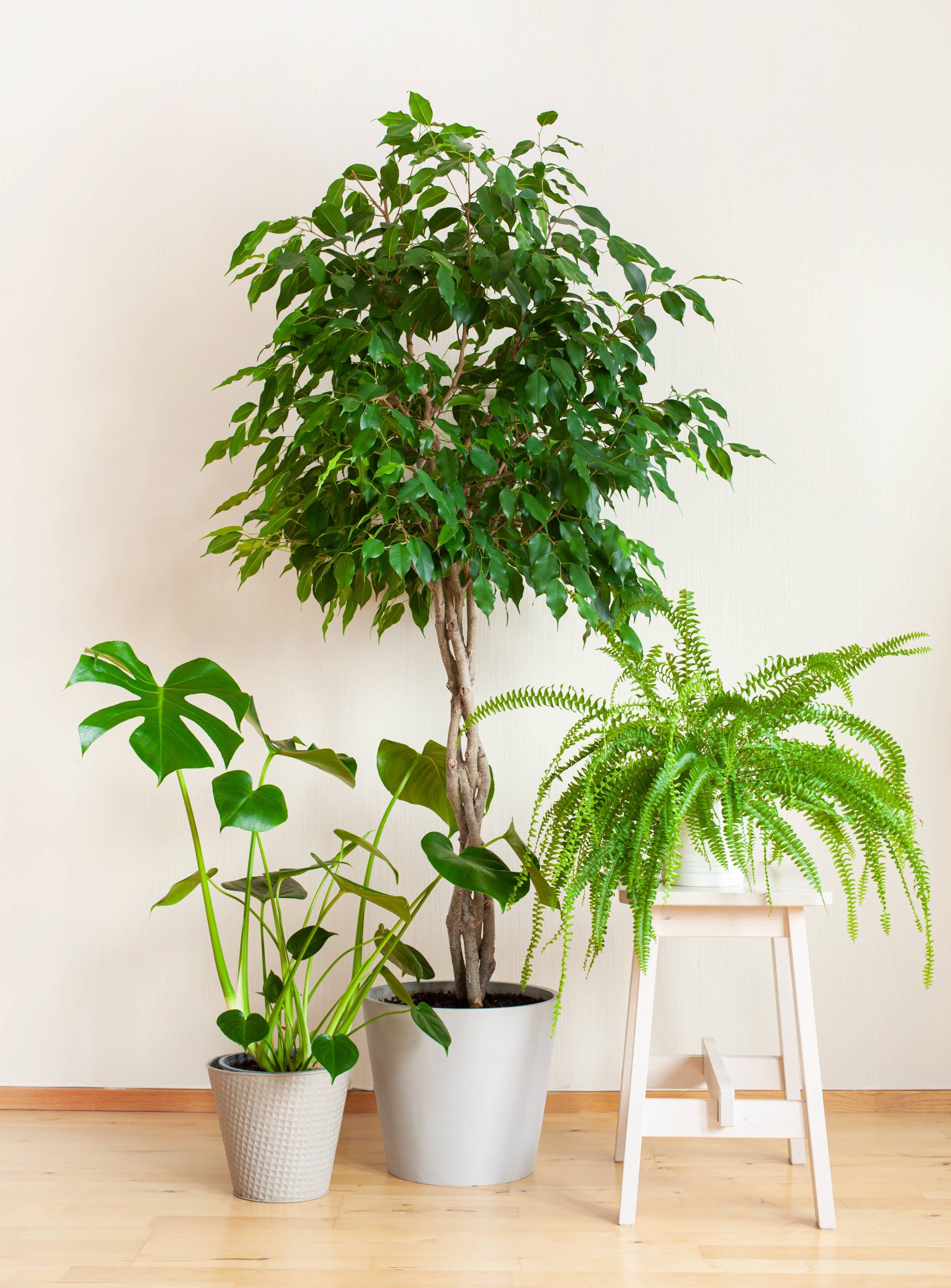
Have you ever walked into a room and felt instantly calmed by the sight of thriving greenery, only to wish you could create the same effect in your own home? The magic of an indoor jungle lies not only in the beauty of individual houseplants but in the art of combining them in harmonious ways to enrich your living space. If you’ve been dreaming about converting your living room into a verdant oasis, you’re in the right place. Welcome to the world of indoor jungles, where we will explore how to combine houseplants to create a stunning and serene environment.
Understanding Your Space
Before you dive into selecting plants, it’s essential to understand the space you plan to transform. Take note of the lighting conditions, both natural and artificial. Is your room filled with bright, indirect light, or does it experience only a few hours of direct sunlight? Maybe it’s a bit more challenging, with low light conditions. Lighting is a crucial factor as different plants have varying light requirements.
Additionally, take stock of the temperature and humidity levels. Most tropical houseplants prefer warm and humid conditions, but there are options for every kind of environment. Lastly, measure the available space to ensure you have enough room to accommodate a lush collection of plants without overcrowding the area.
Choosing the Right Plants
With the understanding of your space, it’s time to select the plants. Look for a variety of shapes, sizes, and textures to create visual interest. Here are some popular choices for an indoor jungle:
1. Monstera Deliciosa (Swiss Cheese Plant): Known for its large, perforated leaves, the Monstera is a foundational plant for any indoor jungle. It thrives in bright, indirect light and adds a bold tropical feel to your space.
2. Fiddle Leaf Fig (Ficus Lyrata): With its large, violin-shaped leaves, the fiddle leaf fig serves as a beautiful focal point. While it requires bright light and stable conditions, its dramatic appearance makes it worth the effort.
3. Pothos (Epipremnum Aureum): A versatile and low-maintenance choice, pothos can be placed in both bright and low light. It works well hanging or trailing from shelves, providing a lush feel with its cascading vines.
4. Spider Plant (Chlorophytum Comosum): Famous for its ability to thrive in various conditions, the spider plant’s long, arching leaves add a unique texture. It’s also a great air purifier!
5. Bird of Paradise (Strelitzia Reginae): With its large, banana-like leaves, this plant adds vertical height to your collection and thrives in bright light.
6. Calathea: Known for their intricate leaf patterns, calatheas thrive in medium to low light and higher humidity, adding a touch of elegance with their vibrant foliage.
Layering for Depth and Dimension
Creating a lush jungle involves strategic layering of plants. Mix tall plants with mid-sized and trailing varieties to achieve depth and dimension. Place taller plants, like the fiddle leaf fig or bird of paradise, in the background or corners. Medium-sized plants like monstera deliciosa can occupy central spots, creating fullness and balance.
Incorporate smaller plants, such as ferns or peace lilies, on tables or stands. Use hanging planters or shelves to elevate trailing plants like pothos, increasing verticality in the space. This tiered effect contributes to the essence of an indoor jungle, enveloping you in greenery from all angles.
Textures and Contrasts
An effective indoor jungle incorporates a variety of textures that play off each other beautifully. Pair broad-leaf plants with finer foliage for contrast—think of the mix between the thick leaves of a rubber plant and the delicate fronds of a fern.
Contrast can also be created through color. Many houseplants offer subtle variations in leaf color, from deep greens to splashes of burgundy or variegated patterns. Aim for a balanced palette that checks these diverse elements without feeling chaotic.
Pot Selection: An Extension of Style
The pots and containers you choose play a significant role in the overall aesthetic of your indoor jungle. Consider your home’s decor; whether it’s modern, rustic, or eclectic, there are countless pot styles to complement the mood. Group plants in similar containers for a cohesive appearance, or use a mix of pots in the same color family for an eclectic yet unified look.
Aside from aesthetics, ensure pots have adequate drainage to prevent root rot. Use pebble trays beneath pots to catch excess water and increase humidity, or group plants together to naturally boost humidity levels.
Maintenance and Nurturing
Caring for an indoor jungle requires building a routine. Investigate the specific needs of each plant, as they will have different requirements for watering, feeding, and pruning. While it may seem daunting, grouping plants with similar needs simplifies care.
Regular maintenance includes dusting leaves, checking for pests, and periodically rotating plants to ensure even growth. Don’t hesitate to experiment—move plants around if they’re not thriving and make adjustments based on their feedback.
Let Your Jungle Evolve
Remember, building an indoor jungle is an ongoing process. Over time, your plants will grow, develop, and require repositioning. Let your jungle evolve naturally, celebrating the slow transformation of your space into an indoor paradise.
Creating a beautiful indoor jungle is both an art and a science, but the rewards are plentiful. You’ll not only increase the aesthetic appeal of your home but also improve air quality and foster a calming oasis that functions as an escape from the outside world. So, gather your tools, select your plants, and begin your journey into the lush world of indoor jungles. May the tranquility and beauty of nature now grace every corner of your home.













